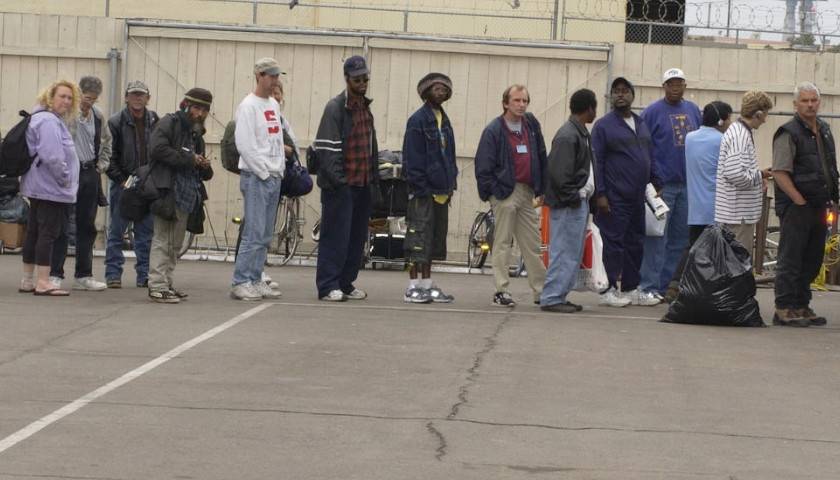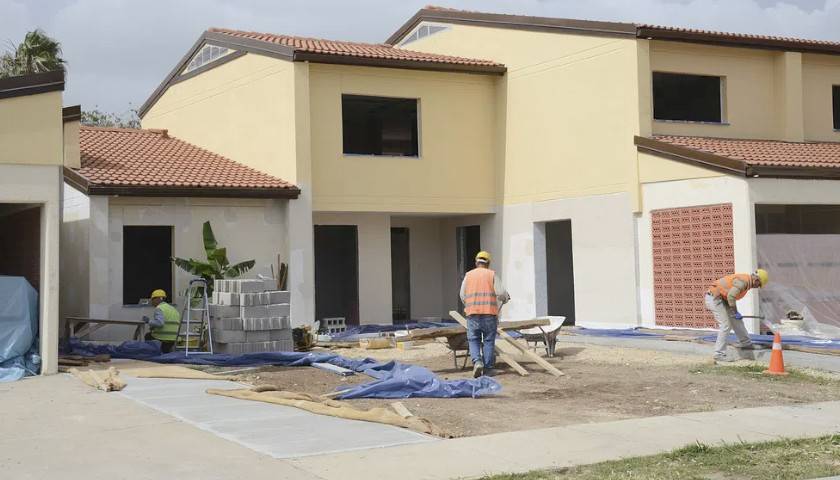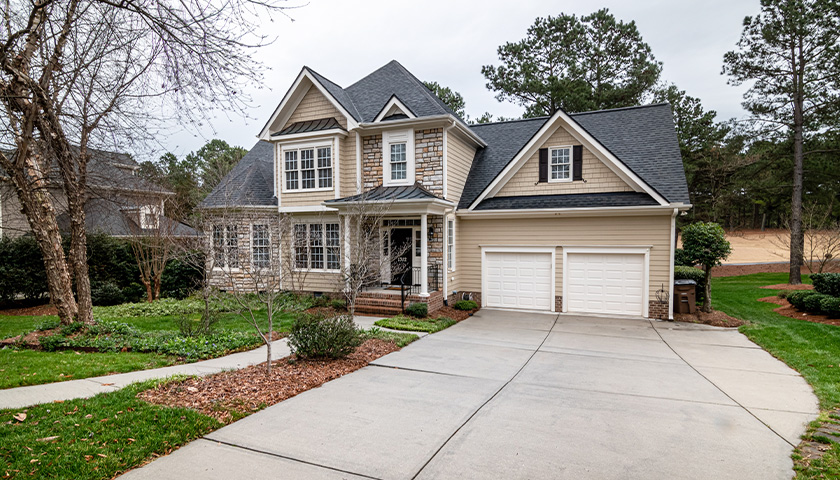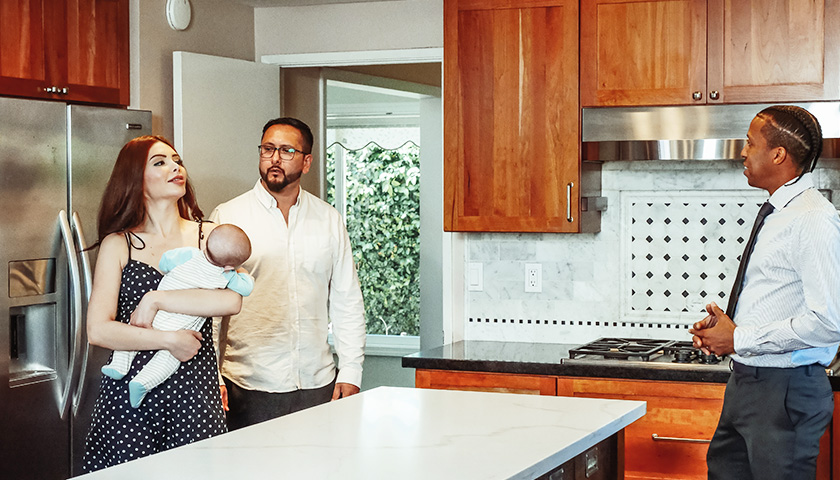As municipalities across the United States consider acquiring and converting parking lots into homeless encampments with social services, some oppose the programs, citing high costs and poor safety, while others promote them as better than sidewalk encampments and a stopgap measure as more overall housing is built.
In California, whose homelessness programs serviced 315,487 different individuals in 2022, faces a 4.5 million home shortage and is adopting alternative housing options that states and local governments across the country are now considering and implementing on their own. One such program is the conversion of parking lots to homeless housing options, whether so-called “safe sleeping sites” where homeless can park their cars or set up tents and receive services, or more involved accommodations such as city-provided RVs.
Read More




